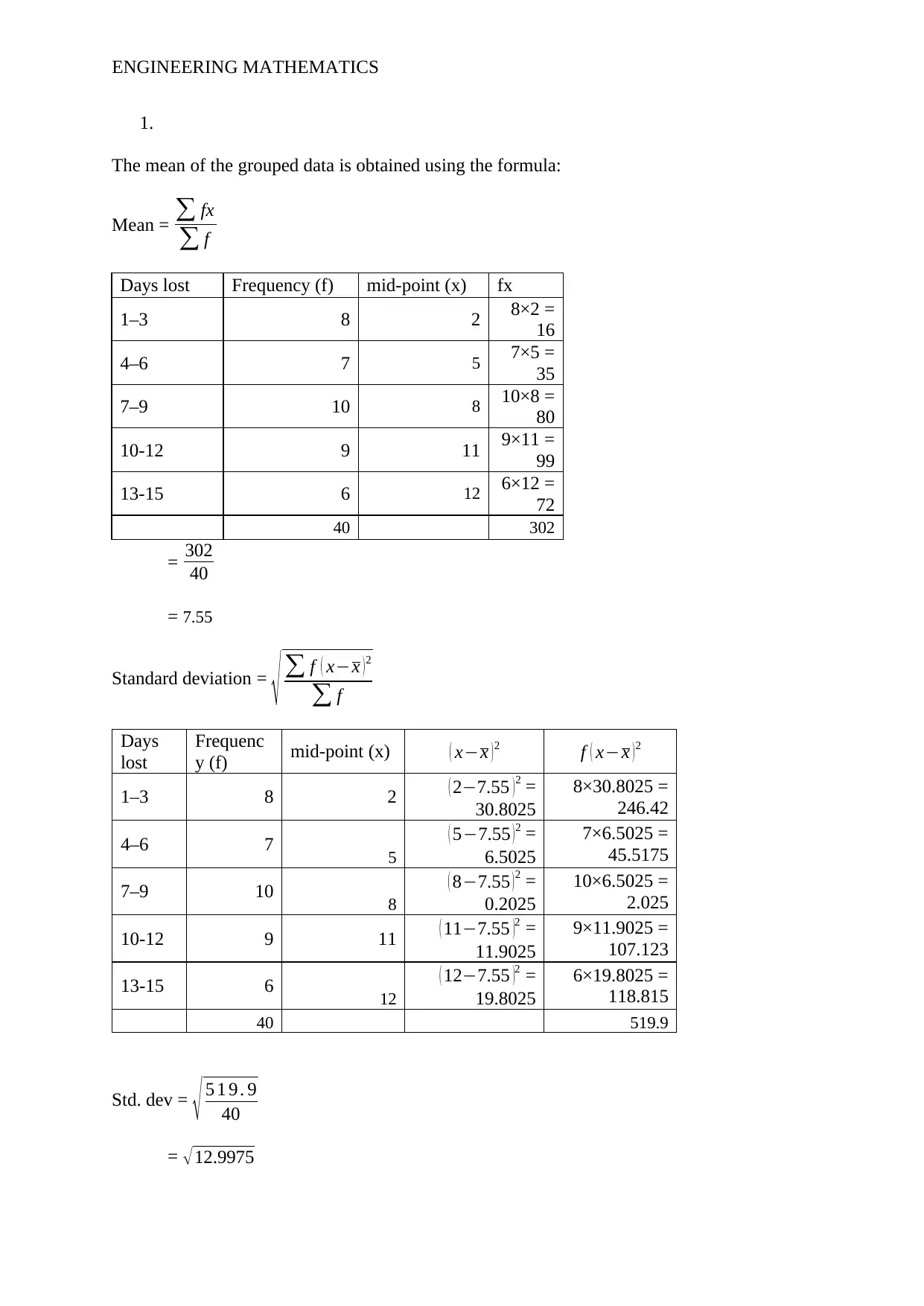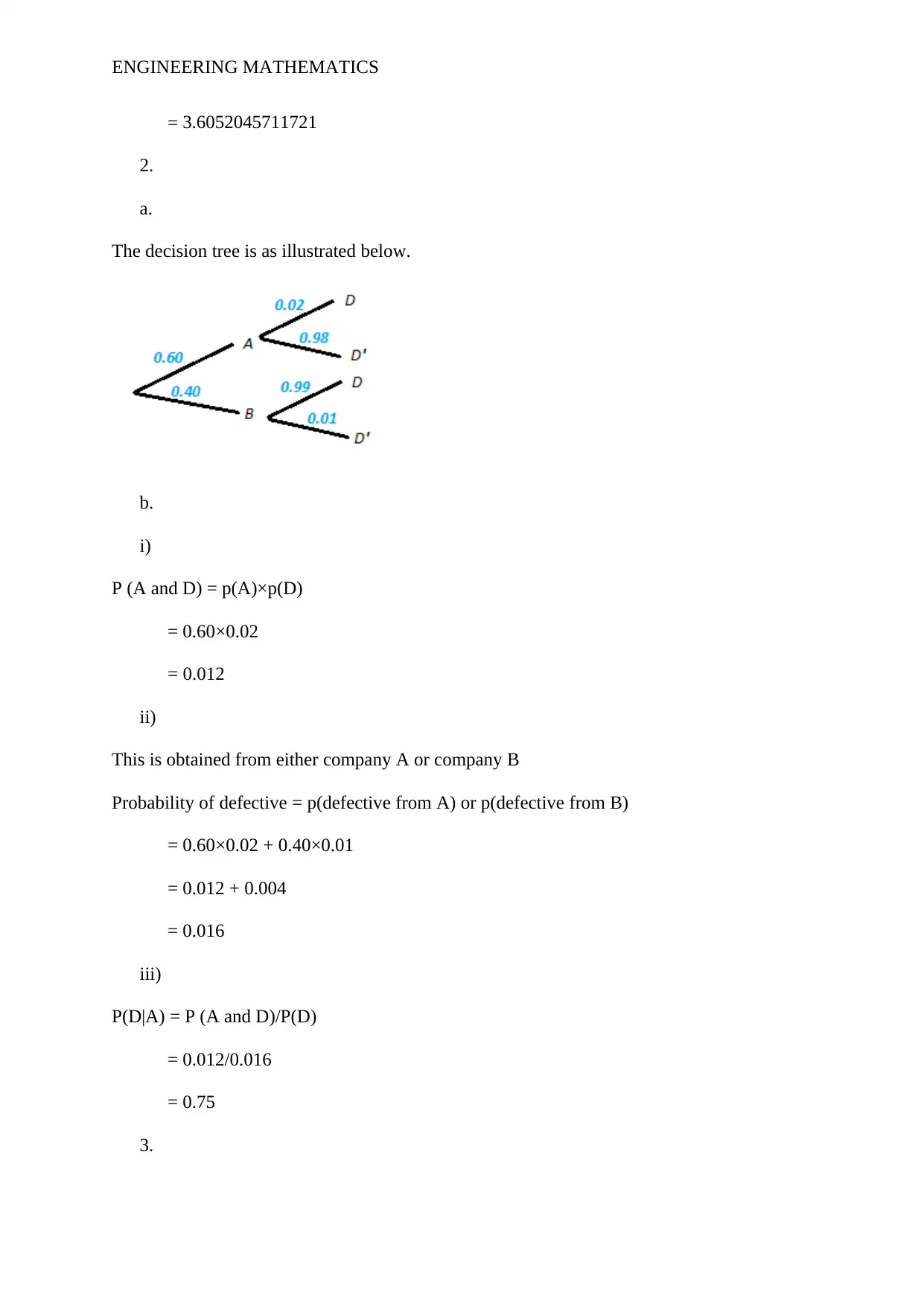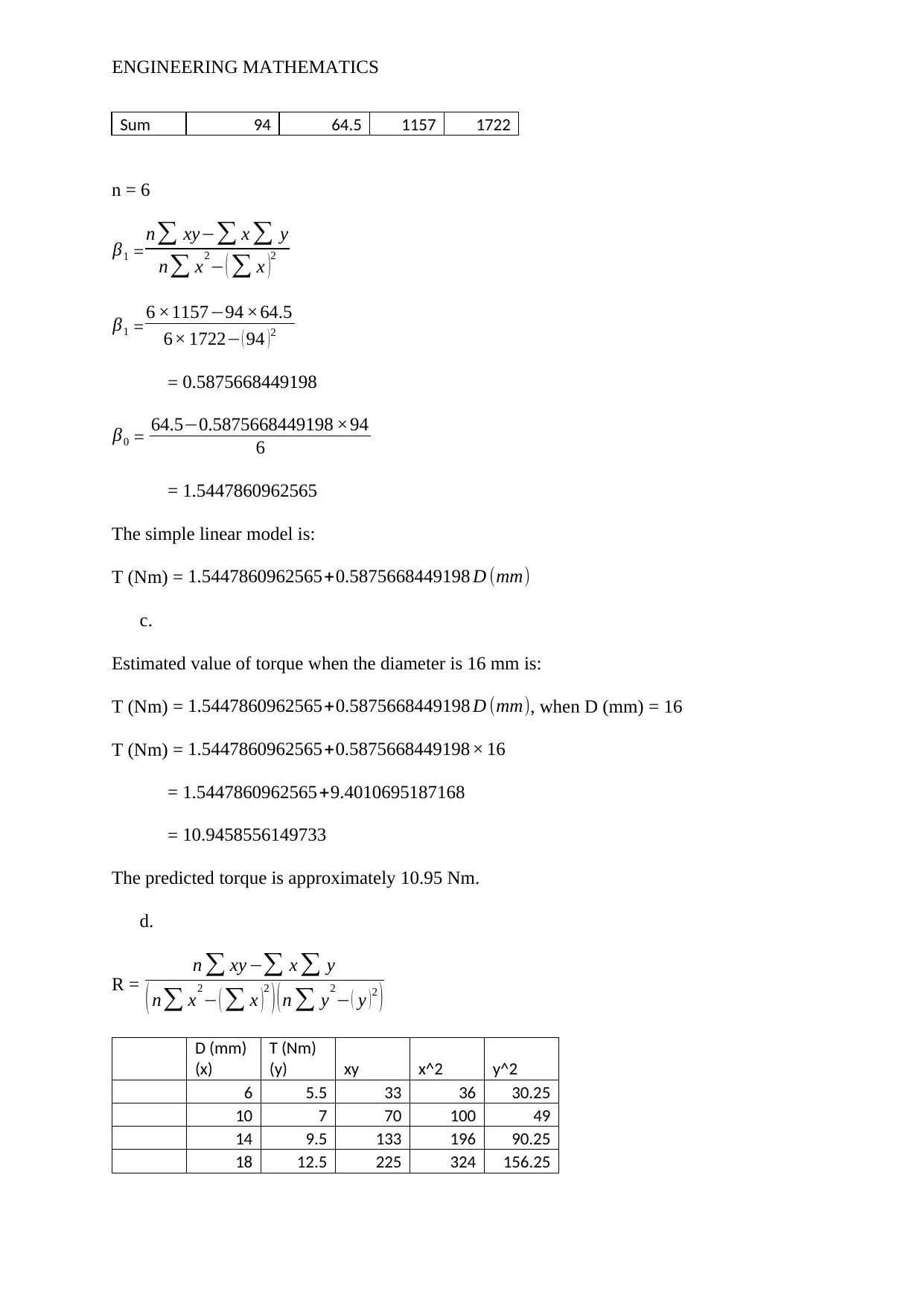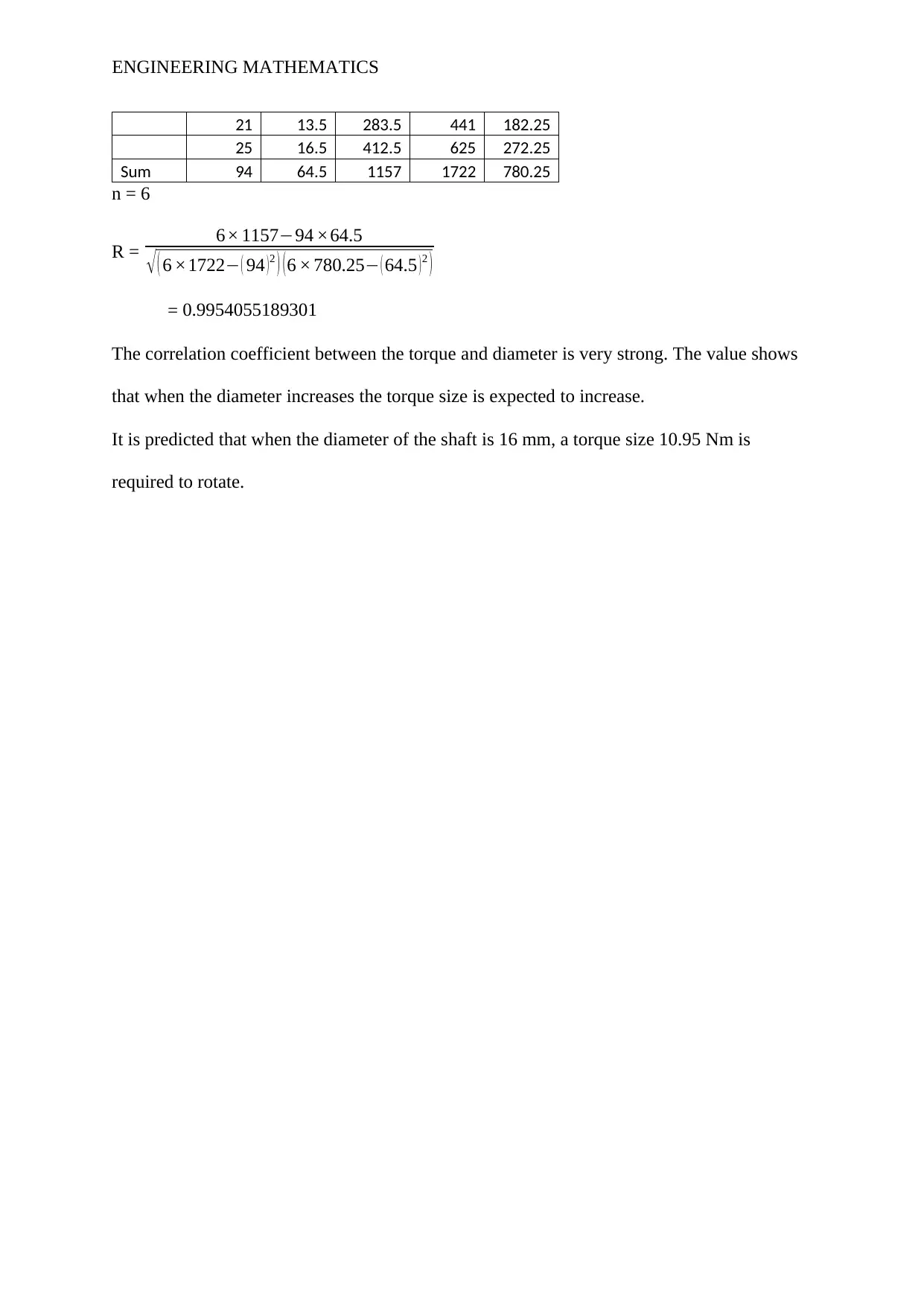Engineering Mathematics - Solved Problems and Formulas
VerifiedAdded on 2023/06/11
|8
|978
|492
AI Summary
This article provides solved problems and formulas for Engineering Mathematics. It covers topics such as probability, mean, standard deviation, decision trees, and linear regression. The article is useful for students studying Engineering Mathematics in various colleges and universities.
Contribute Materials
Your contribution can guide someone’s learning journey. Share your
documents today.
1 out of 8














![[object Object]](/_next/static/media/star-bottom.7253800d.svg)